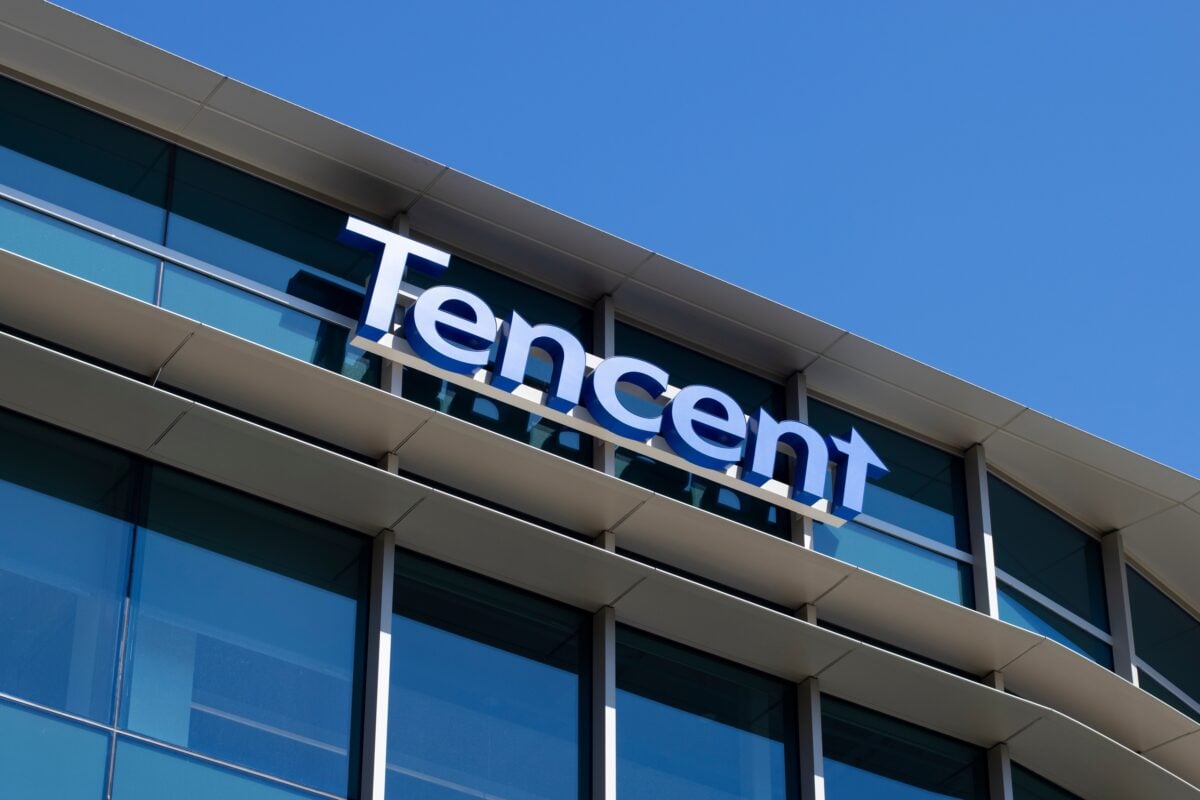TLDRs;
Contents
- Tencent releases Hunyuan-A13B, a 13B-parameter open-source AI model optimized for efficiency and flexibility.
- The model features a hybrid reasoning engine and ultra-long 256,000-token context window for complex tasks.
- It joins China’s broader AI push, supporting public-private cooperation and global knowledge sharing.
- Open-source AI continues to gain traction, offering cost savings and transparency for enterprise adoption.
Tencent has stepped deeper into the global artificial intelligence competition with the release of its latest large language model, Hunyuan-A13B.
Unveiled as an open-source project, the model marks a pivotal shift for the Chinese tech giant as it aligns with the growing industry trend of making powerful AI tools more accessible, scalable, and cost-effective.
New contender in the open-source LLM arena
At the heart of Hunyuan-A13B is a fine-tuned Mixture-of-Experts (MoE) architecture. With 13 billion active parameters selectively drawn from a broader pool of 80 billion, the model is designed to operate efficiently even in environments with limited computational resources. Rather than activating all parameters at once, the MoE approach selectively engages only the relevant components needed for a given task.
This method not only saves energy and time, but also positions the model as a competitive option for developers and enterprises looking for scalable solutions without requiring immense hardware infrastructure.
Tencent has also embedded hybrid reasoning capabilities into the model, enabling it to adjust its computational depth based on the complexity of the prompt. This adaptive approach enhances the model’s efficiency and makes it versatile across a range of applications, from light conversational tasks to more demanding problem-solving scenarios.
Pushing technical boundaries with ultra-long memory
One of Hunyuan-A13B’s standout features is its 256,000-token context window, a specification that allows it to maintain coherence over very long inputs. This dramatically expands its utility in fields that require rich historical context, such as legal analysis, scientific research, and enterprise knowledge management.
Combined with Grouped Query Attention (GQA), which clusters similar prompts to optimize processing speed, the model achieves impressive efficiency even when handling complex datasets.
Benchmark evaluations show the model holding its own across key domains including coding, mathematics, science, and reasoning tasks. Tencent has provided multiple versions of the model tailored to different technical needs, from pre-trained and instruction-tuned setups to quantized formats like FP8 and INT4, giving developers flexibility in deployment.
Strategic release fuels China’s AI vision
The release of Hunyuan-A13B also plays into a broader narrative around China’s AI ambitions. The Chinese government has long been fostering a public-private ecosystem that accelerates innovation through partnerships with national champions like Tencent. Under initiatives such as the “New Generation Artificial Intelligence Development Plan,” China aims to become a global leader in AI by 2030, with the sector expected to reach a $150 billion valuation.
Tencent’s open-source strategy also addresses a pressing challenge in China’s AI ecosystem, which is the shortage of highly skilled researchers. By making Hunyuan-A13B publicly available on platforms like GitHub and Hugging Face, the company contributes to a wider base of knowledge sharing and capability building, not just within China, but globally.
Global shift toward open-source AI accelerates
Hunyuan-A13B lands at a moment when open-source AI is no longer a niche movement. A majority of organizations are now adopting open models, with nearly two-thirds citing lower deployment costs compared to proprietary alternatives.
Analysts forecast that by 2025, open-source models will be embedded into the operations of 85% of enterprises worldwide.
The economic case is compelling. Open models allow companies to maintain transparency, deploy on private infrastructure, and realize significant operational savings. Tencent’s move mirrors this evolution and signals that China’s biggest tech players are ready to compete not just through scale, but through openness and collaboration.


